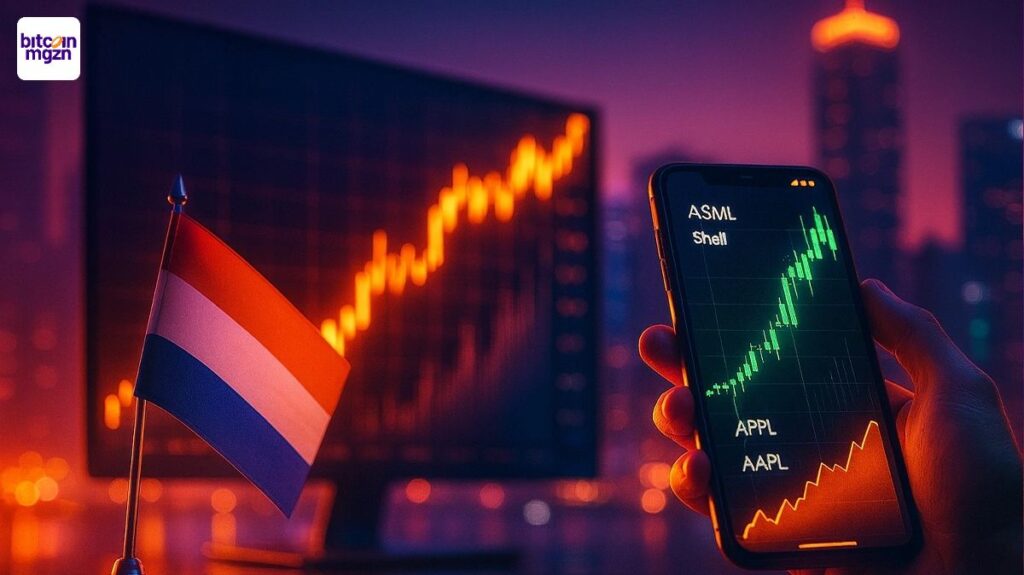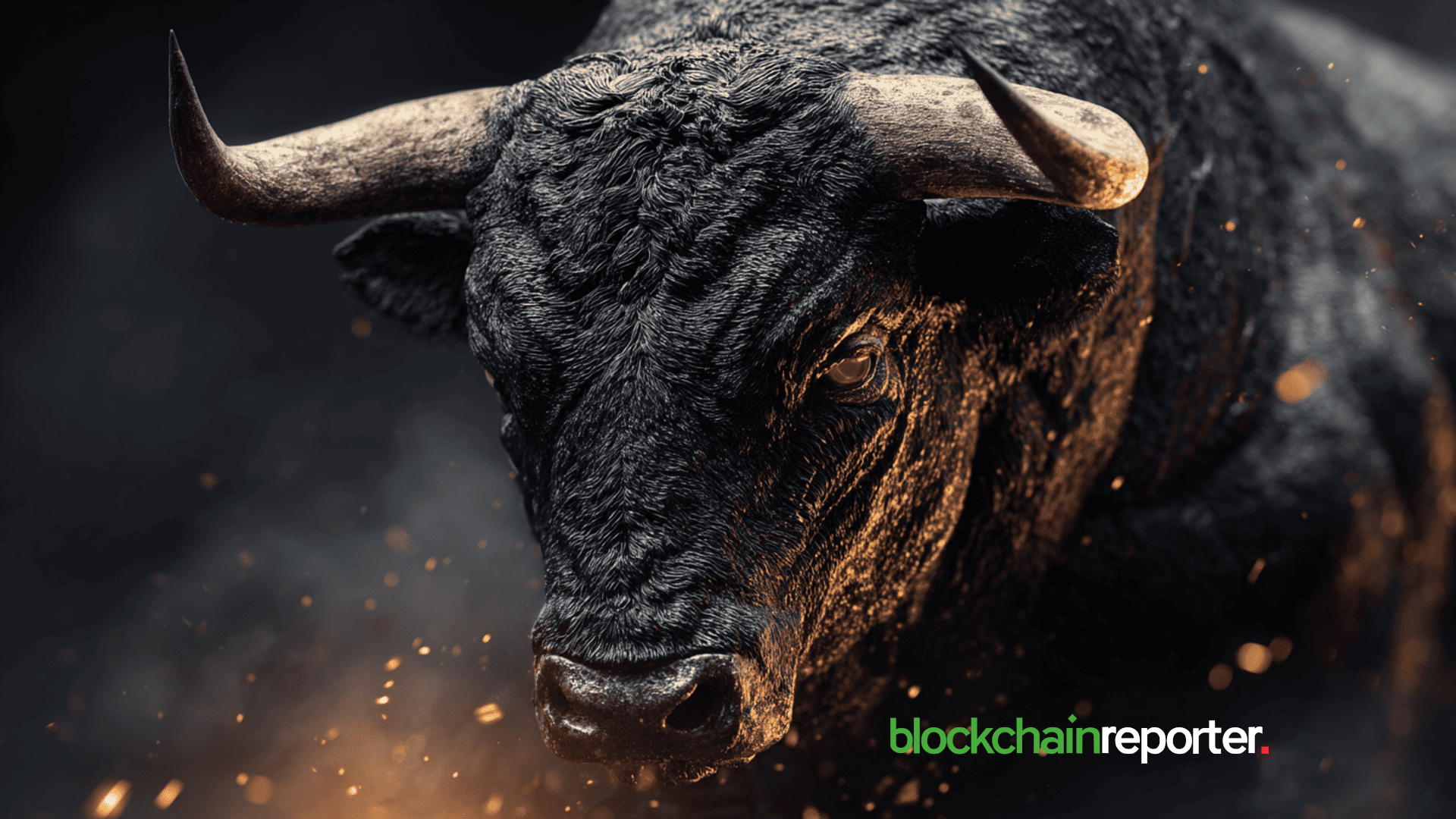Key Takeaways
Are altcoin ETFs enough to trigger an altseason?
Early inflows are strong for some assets, but the market isn’t in full risk-on mode.
Will institutions stay invested in these new products?
Only if performance follows inflows, because funds can unwind quickly.
Altcoin ETFs have arrived, and one wonders whether Wall Street just started an altseason without meaning to.
Solana [SOL], XRP, Hedera [HBAR], and even Litecoin [LTC] now have tickers sitting next to equities and bonds. But hype won’t cause momentum, and ETFs don’t guarantee capital sticks around.
These products could bring more liquidity, or simply become flashy trading toys for bored funds.
So can altcoins justify the access they’ve been given?
Altcoins get their turn
Ethereum [ETH] walked through the ETF door first, and now the rest of the altcoin lineup is following. So far, the story isn’t uniform. It’s messy in a way that’s very on-brand for crypto.
Source: SoSoValue
Solana has taken the cleanest lead. Daily net inflows have consistently printed green, with standout days above $60M-$70M, pushing total net assets past $700M.
Even as price softened, inflows didn’t collapse. There is a lot of early demand.
Source: SoSoValue
XRP’s launch was louder but less steady. A massive spike near $240M hit on the 14th of November, followed by smaller but still healthy inflows.
Total assets are around $384M, and while momentum slowed after the launch peak, capital is still entering with a bit more caution.
Source: SoSoValue
Litecoin’s ETF debut didn’t make headlines, but its behavior is arguably healthier. Inflows started small and built steadily to $2.8M in mid-November before leveling around $2M.
Total assets are now $7M, and price has climbed in parallel.
Source: SoSoValue
HBAR had the opposite arc: a huge $45M opening week, followed by a taper to near-zero inflows. Assets have slipped from $68M toward the $30M-$54M range, and price was indicative of the same.
But why do institutions care so much now?
Institutions are embracing altcoin ETFs because they turn chaos into something they can actually hold.
A wrapped, regulated product lowers operational risk, satisfies compliance desks, and gives asset managers a clean way to express thematic bets: payments (XRP), high-throughput chains (SOL), enterprise networks (HBAR), or digital “silver” like LTC.
Source: Coinglass
And while ETF approval doesn’t guarantee an altseason, it does change the setup.
The Altcoin Season Index being around 43 means we’re not in a euphoric altcoin phase, but also not stuck in a pure Bitcoin [BTC] dominant cycle. Inflows have room to expand if ETF adoption deepens.
Source: X
The Grayscale Dogecoin [DOGE], XRP, and soon Chainlink [LINK] listings are proof that this isn’t slowing down. Each new product makes more way for institutional capital, and markets tend to follow access.
It could all still crash!
For all the excitement, ETF listings don’t magically erase the core risks that have always defined altcoins. The market still doesn’t have an appetite for altcoins.
Strong altseasons only emerge when the altseason index pushes deep into the 70-100 zone.
We’re nowhere near that at present.
Institutions may be curious, but curiosity doesn’t translate. If early inflows fail to deliver performance, funds can unwind positions just as quickly as they entered.
We’ve already seen this dynamic with HBAR: a huge opening week followed by a collapse in inflows.
That pattern shows how fragile ETF-driven momentum can be.
There’s also the regulatory wild card. Altcoins still sit in a gray zone where policy shifts can reshape flows overnight.
ETFs don’t shield them from market structure risks, liquidity gaps, or the brutality of rotations back into Bitcoin.
And right now, BTC.D has only slipped from around 60.8% to about 59% this month. That’s movement, but not quite decisive by any means.
Source: TradingView
In other words, access alone won’t save weak networks.
What this means on the whole
Altcoin ETFs change more than just the coins they’re built on.
Seeing multiple altcoins listed on major exchanges makes crypto look less like a niche experiment and more like a real asset class. That alone can attract fresh capital.
ETFs create steady demand when they bring in inflows, which can make altcoin price action a bit more predictable, even if it stays volatile.
And when money flows into alts, it can pull liquidity away from Bitcoin, leading to more rotations instead of BTC-only rallies.
So ETFs don’t guarantee an altseason, but they give alts legitimacy. Once that happens, the market naturally adjusts around them.
Source: https://ambcrypto.com/wall-street-finally-is-giving-altcoins-a-seat-at-the-table-but-can-they-keep-it/



